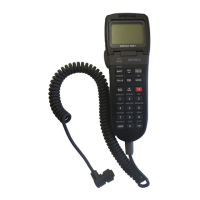Why my Simrad Radio unit will not switch on?
- GgallowaywilliamJul 26, 2025
If your Simrad Radio unit won't switch on, there are several potential causes: * A faulty power connection: Check the power connection. * A blown fuse: Replace the fuse and check the power supply current. * Supply voltage above the limit: Ensure the supply voltage is less than 15.6 V.


